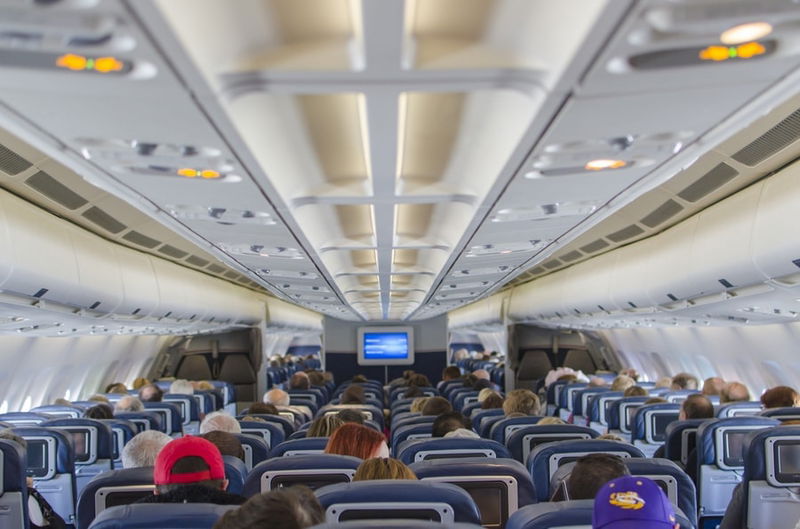Trump Planning Three-Tier U.S. Travel Ban Targeting 43 Countries

According to an internal document, the Trump administration has drafted a proposal to implement a three-tier travel ban system, targeting up to 43 countries.
According to the NYTimes, the color-coded tiers are broken down into red, orange and yellow categories. This comes after President Trump issued an executive order on January 20, 2025 to enhance its visa vetting and issuance process.
One of the main goals of this order was to identify “countries throughout the world for which vetting and screening information is so deficient as to warrant a partial or full suspension on the admission of nationals from those countries.”
The travel ban will consider criteria such as extremist activities and other security risks, poor governance, corruption, sanctions, economic and social factors and inclusion in prior travel bans.
According to the office insider, this list is subject to change and some countries may be excluded to avoid “risking disruption to cooperation.” The Secretary of State, the Attorney General, the Secretary of Homeland Security, and the Director of National Intelligence will be required to present their findings within 60 days, which at latest will be March 21, 2025.
Red
So far, 11 countries are part of the “red” category including Afghanistan, Cuba, Iran, North Korea and Venezuela. This category will outright ban citizens from the respective nations from entering the United States.
| Afghanistan | Bhutan | Cuba |
| Iran | Libya | North Korea |
| Somalia | Sudan | Syria |
| Venezuela | Yemen |
Countries in the red category are being flagged for serious concerns including extremist activities and having hostile relations with the United States. They also look at whether or not those countries were part of any previous country travel bans.
But what about Bhutan? On the surface, the South Asian country looks like the odd man out, but data from recent Department of Homeland Security report indicates that a proportionally high number of Bhutanese visitors break their visa conditions, staying well beyond their allotted time.
Orange
Countries in the orange categories are listed for less severe issues such as fraud, corruption, weak law enforcement, and other security/vetting concerns. There are 10 countries including Russia, Pakistan, Haiti and Belarus.
Citizens from these countries will face significant visa restrictions, with applications being limited to affluent business travelers. The few being allowed to apply will also be required to conduct an in-person visa interview.
Unfortunately, travelers looking to enter the United States on a tourist or immigrant visa will no long be able to.
| Belarus | Eritrea | Haiti |
| Laos | Myanmar | Pakistan |
| Russia | Sierra Leone | South Sudan |
| Turkmenistan |
Yellow
Countries in the yellow category will be given a grace period to improve their security measures, and face the risk of being included in a more restrictive category if they do not.
Some of the reasons for being included in the yellow category include poor border control and passport security measures, selling citizenship to nationals from banned countries, and lack of information sharing with the United States.
Once the tiers come into effect, countries on the yellow list will have 60 days to address their respective concerns to avoid facing harsher restrictions.
| Angola | Antigua and Barbuda | Benin |
| Burkina Faso | Cambodia | Cameroon |
| Cape Verde | Chad | Republic of Congo |
| Democratic Republic of Congo | Dominica | Equatorial Guinea |
| Gambia | Liberia | Malawi |
| Mali | Mauritania | St. Kitts and Nevis |
| St. Lucia | São Tomé and Príncipe | Vanuatu |
| Zimbabwe |
As a reminder, this leaked list is based on information from a few weeks ago, and we may see adjustments once the information is publicly disseminated through official channels.
It is not clear yet what impact this list will have on those who already have tourist/business/immigrant visas, or whether or not there will be implications for existing green card holders who are already approved for lawful permanent residency.



